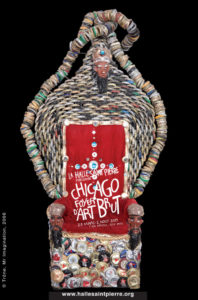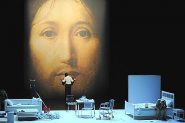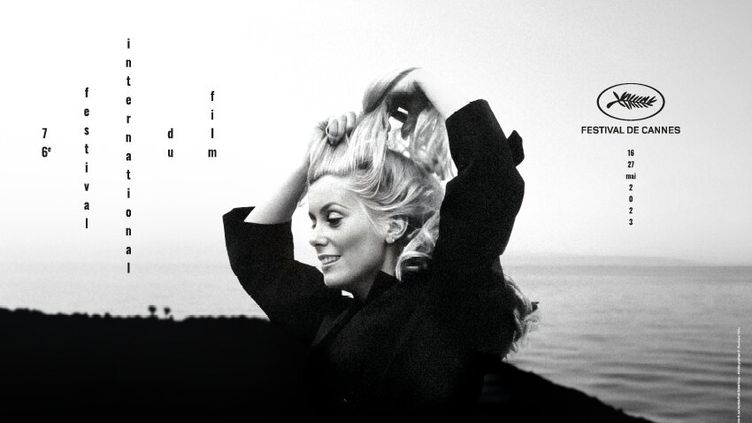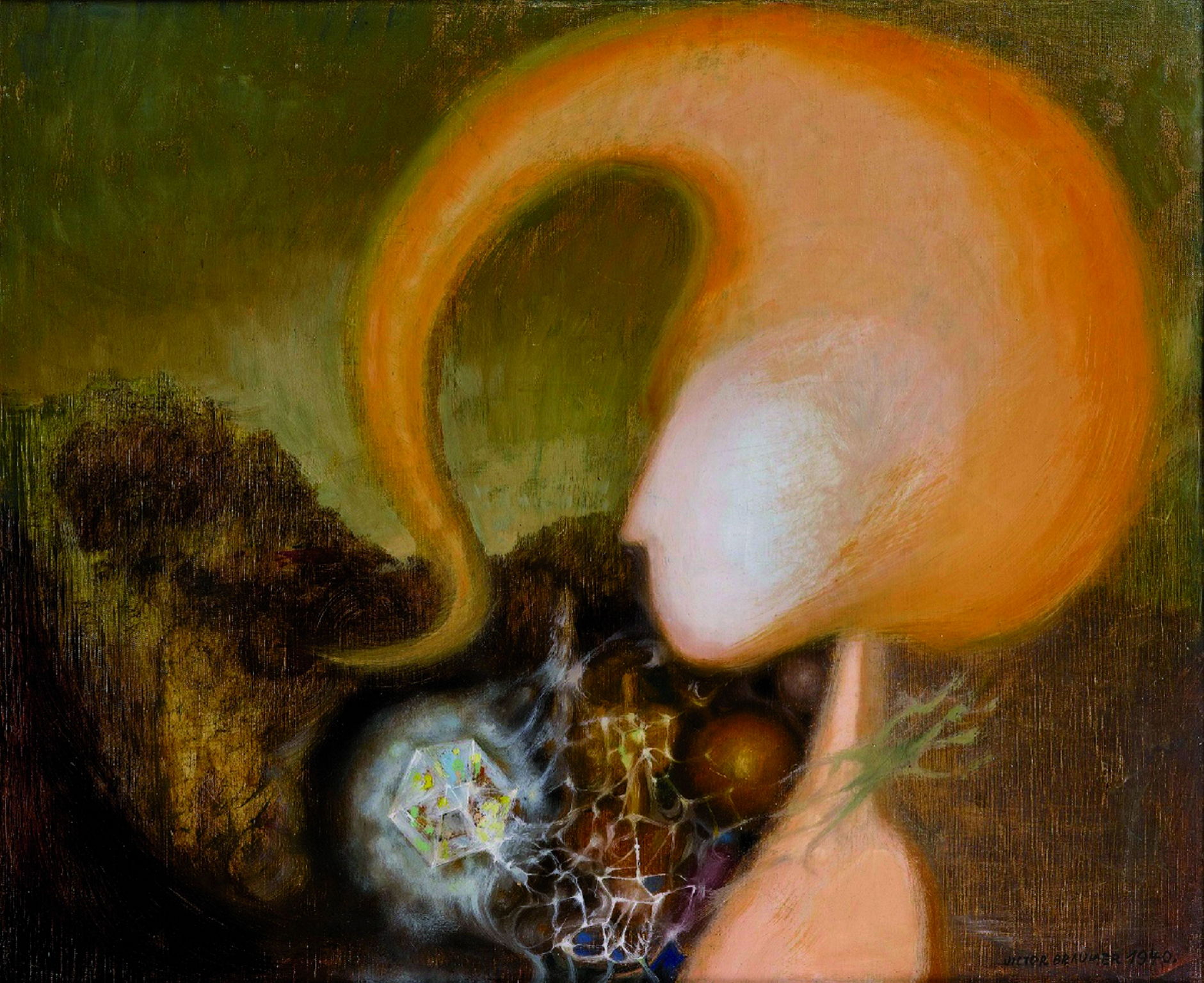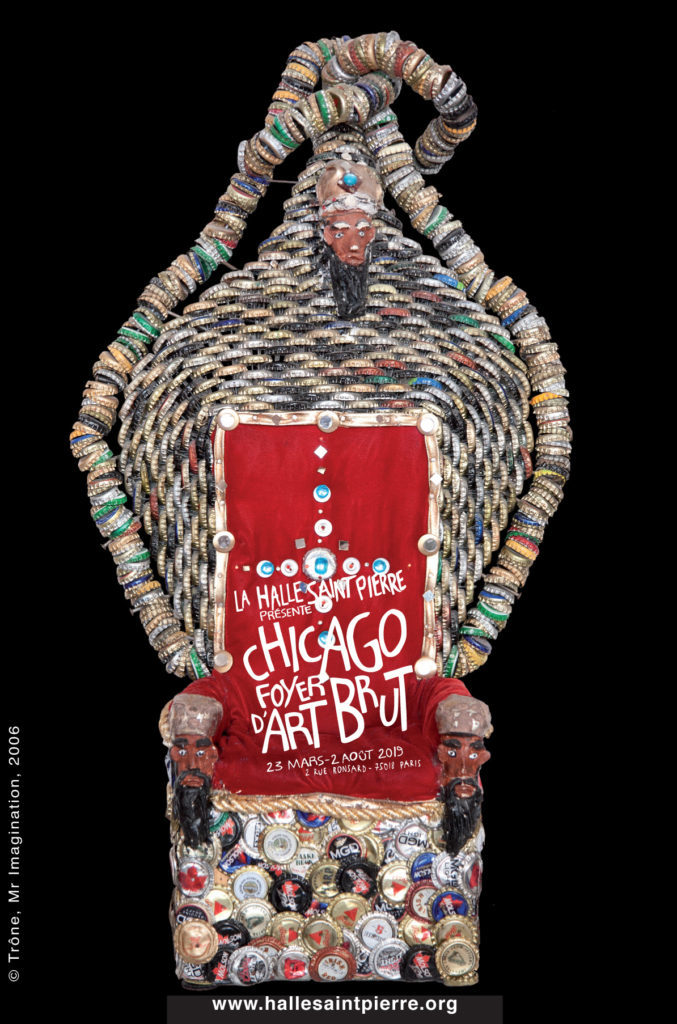
Chicago: a Center of Brut Art
The stitches that tie America to Paris are threaded through Chicago. The unique connection between these sister cities is brought to Paris in an exhibition that will explore the art that rose from necessity and link humanity across borders.
At a time when Paris art was bursting with refinement, New York City quickly followed suit to compete with the trend. Chicago decided to take the road less traveled, the road only traveled at all because there was no other choice. Chicago art rose from the outskirts of society, its heart beating with the themes that connect every artist in the “Chicago: a Center of Brut Art” exhibition: necessity, imagination, and empowerment.
According to Deborah Kerr, the Executive Director of Intuit: The Center for Intuitive and Outsider Art in Chicago, Brut Art rose when Chicago fought to prove itself. It had nothing but bottle caps and broken pasts, but that was enough.
10 American artists who found their artistic home in Chicago are now celebrated in the Halle Saint-Pierre. They emerged from backgrounds of death, divorce, addiction, and illness. The artists created because they were compelled to do so–Brut Art was not a decoration but in itself a necessity. Instead of canvases, they used window shade fabric. Instead of gemstones, they used bottle caps. Chicago was a city calling all outsiders, where some of the lost were found through this new style of expression.
According to Kerr, the city itself did not even understand this history. Paris took greater notice, and the art has since been more widely known and accepted in Paris than in its home city. The unbreakable bond was forged between Paris and Chicago, and the relationship between America and Paris was defined: while New York became a copy, Chicago became a complement.
Models of churches that look as though they were taken from Mr. Roger’s neighborhood lead the way to Mr. Imagination’s corner, where the faces on used paintbrushes stare into the room above a throne of bottle caps. The works of Wesley Willis can be found on the back wall with scribbled skies and boxy cars.
“It’s like some little boy’s super cool futuristic version,” Kerr said, pointing to a car on Willis’s street.
This is just as much a story about the artists as it is about the art. While the art itself tells stories, even more can be found in each artist’s history. While they were outcasts who stood alone in society, no one is standing alone here–together they create one voice that speaks of the rejected, the struggling, and those who on the margins who, without their pencils or bottle caps or window shade fabrics, may not have a voice. “Chicago” speaks, and it’s certainly worth a listen.
Visuels: ©Visuels Officiels




